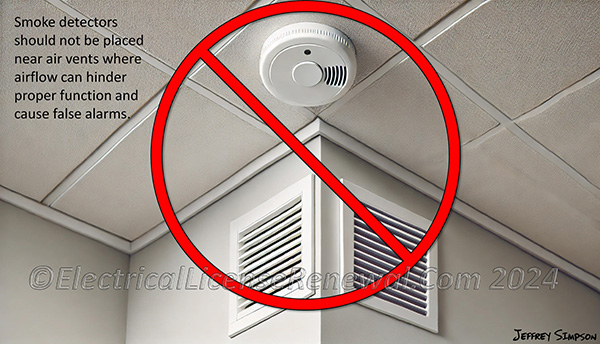Mounting and Positioning of Devices.

The placement and mounting of sensors and alarms are critical factors in preventing false alarms and ensuring effective system performance. Proper positioning ensures that sensors can accurately detect real threats without being triggered by non-emergency conditions. For example, smoke detectors should be installed on ceilings or high on walls where smoke is likely to accumulate first. However, they should not be placed near air vents, kitchens, or bathrooms, where normal activities can cause false alarms.
Motion detectors, used in security systems, should be positioned to cover the most likely entry points and areas of movement without being directly exposed to sources of false triggers, such as air vents, windows, or heating appliances. They should also be mounted at a height where they can detect human movement effectively while avoiding small animals or pets.
The mounting process itself must ensure that sensors and alarms are securely attached to prevent vibrations or movements that could lead to false alarms. For example, smoke detectors should be mounted on solid surfaces to avoid being affected by building vibrations. Similarly, motion detectors should be firmly attached to walls or ceilings to maintain their alignment and detection accuracy.
In addition to proper positioning and secure mounting, it is essential to consider the aesthetics and accessibility of the devices. Sensors and alarms should be installed in a way that they are not obtrusive but still accessible for maintenance and testing. This ensures that the system remains functional and easy to service over time.
NFPA 72 Section 17.7.1.7 requires the following: The selection and placement of smoke detectors shall take into account both the performance characteristics of the detector and the areas into which the detectors are to be installed to prevent nuisance and unintentional alarms or improper operation after installation.
By carefully considering the placement and mounting of sensors and alarms, installers can significantly reduce the risk of false alarms and ensure that the system provides reliable protection.